


Access to electricity/clean fuel and cooking tools, in relation with infant mortality in Africa
Problem:
Unavailability of electricity and cooking tools is prominent, especially in African countries. On the community level, this can be responsible for inadequate equipment in health care facilities. On the individual level, this causes hunger and reliance on combustion methods for cooking and heating which increases exposure to unhealthy air substances.
Evidence: infant mortality is the highest in African region while both access to electricity and technological tools for cooking is the lowest in these countries.
Solution:
– On the community level: Projects to electrify health care facilities especially emergency care (refrigerators for storing medicines and plasma, communication systems…).
– Individual level: projects to Increase accessibility to technological cooking tools.
Solution details:
-Projects to electrify health care facilities increase attraction and retention of health care practitioners in the African region, also ensure better provision of health services.
-Providing clean energy decreases reliance on combustion methods for cooking and heating, decreasing indoor air pollution.
-Ensuring provision of cooking tools optimizes cooking time and decreases various coping strategies and these may include the decreasing the frequency cooking of foods that take longer to cook such as beans or encouraging consumption of uncooked or semi cooked foods), decreasing malnutrition.


Validation:
More than 5 lives out of 100 lives are saved through providing better services including electricity and clean fuel for cooking for more than a year, according to Wang and Van der Klauuw, 2003.
Recommendations:
– The focus of energy programs should shift from supplying energy as a commodity to providing energy with a developmental goal, such as clean energy for child health or water and sanitation.
– Focus should be on identifying conditions under which affordable energy services creates gains in combating child mortality.

Climate Change: Problem in Upward Trend
Introduction:
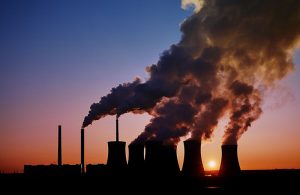
Global warming is a critical problem facing our planet today causing us natural disasters, diseases and deaths in the present and potential destruction of the planet in the future.
Problem Evidence:
Indicators show global warming is intensifying
After studying different parameters, we can clearly see that everything that causes global warming is in an upward trend and just increasing with time. Toxic gases such as CO2, greenhouse gases and other hazardous materials are increasing in intensity.
This results in complicating the global warming issue more and more with no serious actions taken into consideration.
Looking for solutions:
Working on reducing global warming’s main causes
After studying the different industries that produce the main polluting gases, we could then point our fingers at what industry causes the most damage to our planet.
Therefore, after dissecting the problem we could start taking actions focusing on the most harmful industries.
Solution Details:
Setting regulations on main causes
Using the data infront of us we could say that liquid fuel which is mainly used in energy sectors is the greatest cause of CO2 emissions, followed by emissions from electricity and heat production.
Knowing that we should definitely start investing more in green energy instead of liquid fuel consumption and also setting new regulations to organize these sectors.
Solution Validation:
Decreasing pollution as a result
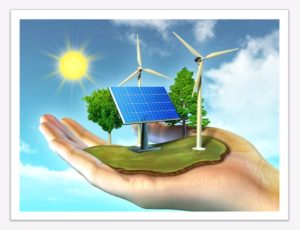
Taking such actions will result in decreasing the harm caused by these gases and chemicals.
Controlling the industries is thus attained and will have a great impact for the future of the planet.
Recommendations:
Better future for the planet!

True colour satellite image of the Earth showing Asia, half in shadow, with cloud coverage, and the sun. This image in orthographic projection was compiled from data acquired by LANDSAT 5 & 7 satellites., Globe Showing Asia, True Colour Satellite Image (Photo by Planet Observer/Universal Images Group via Getty Images)
As a result of the set regulations and switch to more sustainable energy our planet would witness less diseases and pollution in the near future. Also the planet would be preserved for the long run.

Reduce Pollution by Using Renewable Energy
Climate change is the biggest threat to our planet. It is both the easiest and the most challenging issue we have ever faced. The easiest because we know what we must do. The hardest because our current economics are still totally dependent on burning fossil fuels, thereby destroying ecosystems to create everlasting economic growth.
Although there are still some countries like Africa doesn’t have total access to electricity.
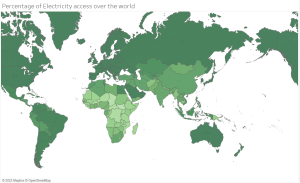
Over the years, electricity consumption has increased tremendously.
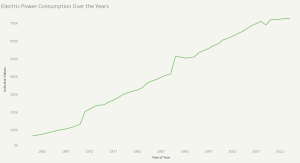
So did the usage of renewable resources has also increased, but not enough compared to non-renewable resources.
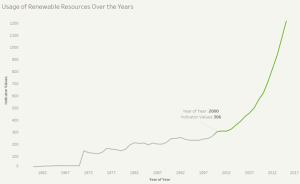
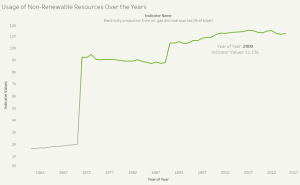
It has been 10 years since top voice influencers and climate justice activists, United States presidents, and tech enthusiast CEOs were trying to fight climate change. It is known that the key to tackling the climate change crisis is to end our reliance on non-renewable energy. So, what if we try to use renewable energy for electricity? Can this reduce climate change? Can it avoid using CO2 Emissions, fuel, oil, and gas? We studied and visualized data of countries that used renewable energy and how it affected their environmental pollution compared to others that used non-renewable energy like fuel, oil, and gas. We found that developed countries that were using renewable energy had less ecological pollution by 70% approximately than countries that weren’t using renewable energy.
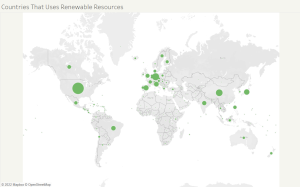
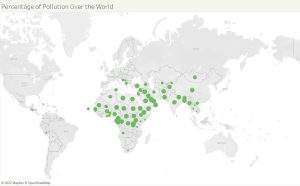
This descriptive statistical measure demonstrates the huge success of the use of renewable sources of energy to reduce pollution and diminish climate change. Remember there is no planet B. We live in one mother earth; we must protect it.
It is proven that the use of renewable sources of energy decreases the amount of pollution which reduces climate change and, because of this we recommend that the countries should make use of their hydropower, ocean power, wind, and solar energy for electricity and minimize the use of non-renewable energy.
